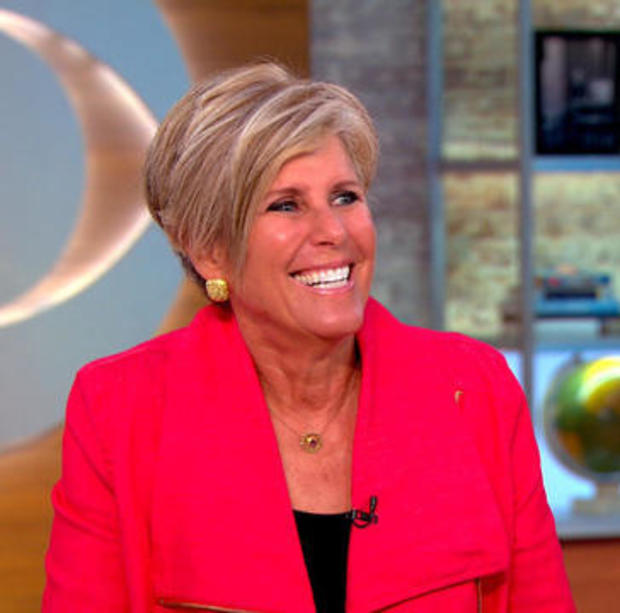


Women also make up over 70% of workers in the health sector, therefore facing higher infection risks than men in the workplace. And the pandemic is expected to exacerbate these gender disparities, as many women work in the subsectors hardest hit by COVID-19 and lockdown measures, including in paid domestic work, accommodation and food services, and the retail trade. In Southern Asia, Northern Africa and Western Asia, the number is even lower, with less than 30% of women participating in the labour market. In 2020, only 47% of women of working age participated in the labour market, compared to 74% of men – a gender gap that has remained relatively constant since 1995. This lopsided distribution of unpaid domestic and care work prevents women from participating in the labour market. In Northern Africa and Western Asia that gender gap is even higher, with women spending more than seven times as much as men on these activities. On an average day, women globally spend about three times as many hours on unpaid domestic and care work as men (4.2 hours compared to 1.7). While unpaid domestic and care work has intensified for both men and women during the COVID-19 pandemic, women continue to do the lion’s share. Unpaid domestic and care work holding women back The Decade of Action to deliver the Sustainable Development Goals and efforts to recover better from the pandemic offer a chance to transform the lives of women and girls, today and tomorrow” said UN Secretary-General António Guterres. No country has achieved gender equality, and the COVID-19 crisis threatens to erode the limited gains that have been made. “Twenty-five years since the adoption of the Beijing Declaration and Platform for Action, progress towards equal power and equal rights for women remains elusive. Presented on an interactive portal, the report analyses gender equality in six critical areas: population and families health education economic empowerment and asset ownership power and decision-making and violence against women and the girl child as well as the impact of COVID-19. The World’s Women 2020: Trends and Statistics compiles 100 data stories that provide a snapshot of the state of gender equality worldwide. Unpaid domestic and care work falls disproportionately on women, restraining their economic potential as the COVID-19 pandemic additionally affects women’s jobs and livelihoods, the report warns.

Less than 50% of working-age women are in the labour market, a figure that has barely changed over the last quarter of a century, according to a new UN report launched today.


 0 kommentar(er)
0 kommentar(er)
